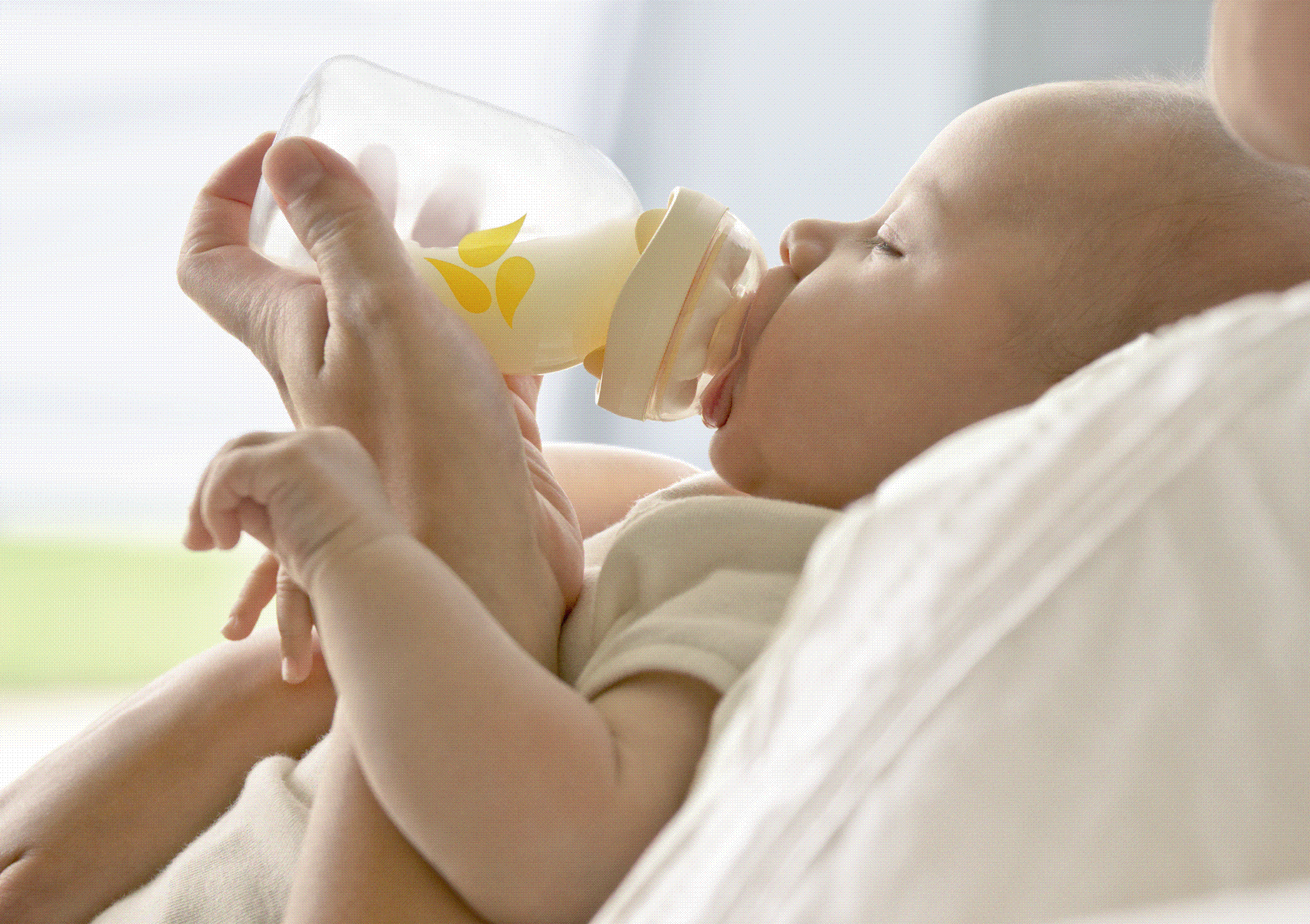
Formula Feeding 101
Keeping your baby nourished and full with formula takes more than sticking the bottle in her mouth. Some tips:
MIX AND WAIT.
Let powdered formula sit for a minute after mixing. That way, you allow gas bubbles to break up, minimizing the amount of air in baby’s belly.
GET IN POSITION.
To make sure your baby is getting mostly milk and not air, angle the bottle downward. The nipple should be filled with formula during the entire feeding session. Otherwise, air bubbles may get trapped under the formula in her tummy. “If baby swallows less air, she has less to burp or spit up,” Shu says.
KEEP BABY’S HEAD HIGH.
Newborns don’t have the ability to keep food down on their own. To lessen spit up, make sure your infant is upright, with her head higher than her stomach, during feedings.
BURP.
Your baby can’t tell you when she has gas. And some babies are naturally better at burping than others. Burp once about 3/4 of the way through the feeding and then again at the end. Burping too frequently has now been shown to actually cause more gas, because the initial latch is the most ineffective and produces
the most gas, says Walker. Walker offers this alternative to patting baby on the back: Sit your baby on your lap, one hand resting with the pinky just below the rib cage and the other hand on the lower back. Move the second hand up the back, gently rubbing and squeezing as you go all the way to the shoulders. Also, try gently lying your baby down and sitting her back up. The combination of methods should produce good burps.



Leave a Reply